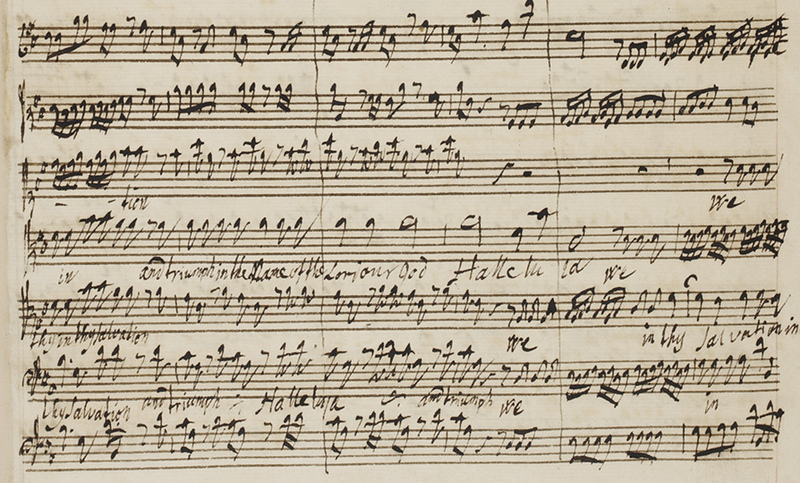Music Theory For Beginners - Lesson 8 - Looking at the Major Scale

Music Theory For Beginners
Hello everyone and welcome to the Eighth lesson in my series Music Theory for beginners, in this series I am going to be covering some basic music theory that will be able to help any player improve their general musicianship and help them to improve on their chosen instrument.
In this lesson, we are going to introduce the major scale. We will be making use of the concept of intervals that we talked about in the last lesson. Once we have gained the knowledge of how a major scale is constructed we will go back and look at the different intervals that are contained in the major scale.
C Major
When first learning scales it is pretty much a right of passage that the first scale you will learn about is the C Major scale, this is because the C Major scale contains no sharps or flats, only natural notes. If we write out the notes of the C Major scale we can see that this is true.
C -- D -- E -- F -- G -- A -- B
As you can see above there are no sharps or flats.
Now each of the 12 notes that we use when we refer to music all have their own Major scale. (12 notes only count enharmonic values once, so A# and Bb are counted as the same note. This will become more apparent when we talk about keys.)
You may be thinking how am I going to remember all of those scales, well luckily all scales follow a set pattern, that is all major scales are the same, all natural minor scales are the same, all harmonic minor scales are the same etc etc..
That means that once you learn the pattern you can apply it to any key(think of the key as the starting note of the scale for now).
The specific pattern that the Major scale follows is as shown below
T - T - S - T - T - T -S
where T stands for tone and S stands for semi-tone
(refer to the last lesson if you are completely confused by this notation)
If we now pair this notation up with the C Major scale we have above we get something that looks like this.
C --- /T/ ---- D --- /T/ --- E --- /S/ --- F --- /T/ --- G --- /T/ --- A --- /T/ --- B --- /S/ --- C
(Notice that I have gone back to the C note which is the first note, I have done this to show the last semi-tone in the scale)
Form this you can see that the C Major scale conforms to the pattern for the Major scale. If we now take a different starting note we can build a major scale using the pattern
A --- /T/ --- B --- /T/ --- C# --- /S/ --- D --- /T/ --- E --- /T/ --- F# --- /T/ --- G# --- /S/--- A
As we can see above I have used the pattern to create A Major and if we take the tones and semi-tones away from the example we get.
A -- B -- C# -- D -- E -- F# -- G# -- A
Notice that we now have sharps and flats.
Have a look at the diagram below for an example of how this would look on the stave.
Challenge
I want you now to have a go at figuring out the E Major scale and writing it on the stave just like I have done above with the A major scale, you don't have to do it in paint as I have done, you can do it with pen and pencil or software such as Sebelius, the main point is to understand the concepts.
Conclusion
In this lessons i have introduced you to the major scale, it's okay if you didn't understand all of the material as we will be coveing the major scale in alot more depth in the next few lessons when we talk about intervals on the major scale.
If you have any questions about music theory or need any help with any concepts, please leave a comment and I will be happy to help out.
Message to readers
Thanks for taking the time to read my post, if you are interested in Music, Science, Technology or Computer Science then check out my blog, I am making an effort to provide good quality original content to the Steemit community.

I can't remember if you are already on our Discord, but please join the community if you aren't. There is a channel set aside for posts about music theory and learning.
Please let any classical musicians or classical music lovers that you know to subscribe to @classical-music and @classical-radio, and to start using the #classical-music hashtag, so we can try and grow our community! Join us at our Discord: https://discord.gg/ppVmmgt
Congratulations @robertlyon! You have received a personal award!
Click on the badge to view your Board of Honor.
Do not miss the last post from @steemitboard:
Congratulations @robertlyon! You received a personal award!
You can view your badges on your Steem Board and compare to others on the Steem Ranking
Vote for @Steemitboard as a witness to get one more award and increased upvotes!